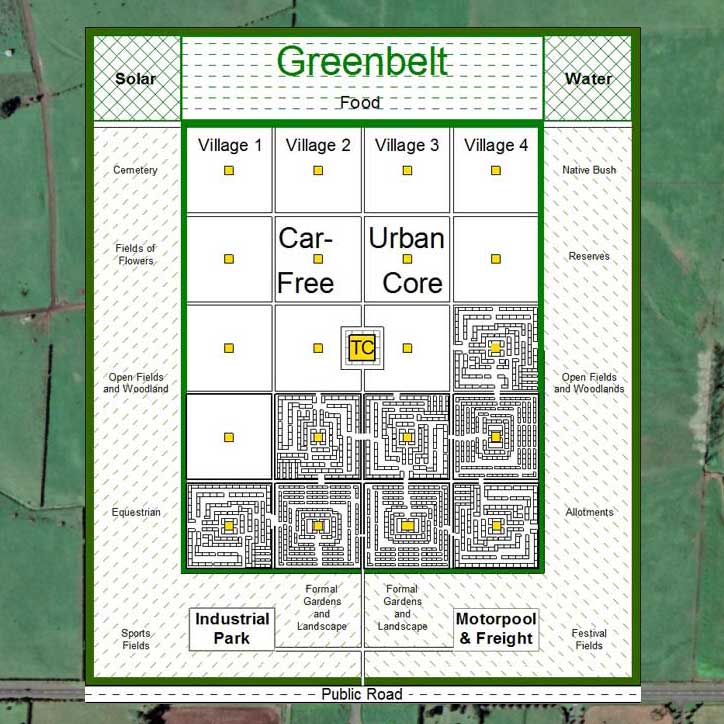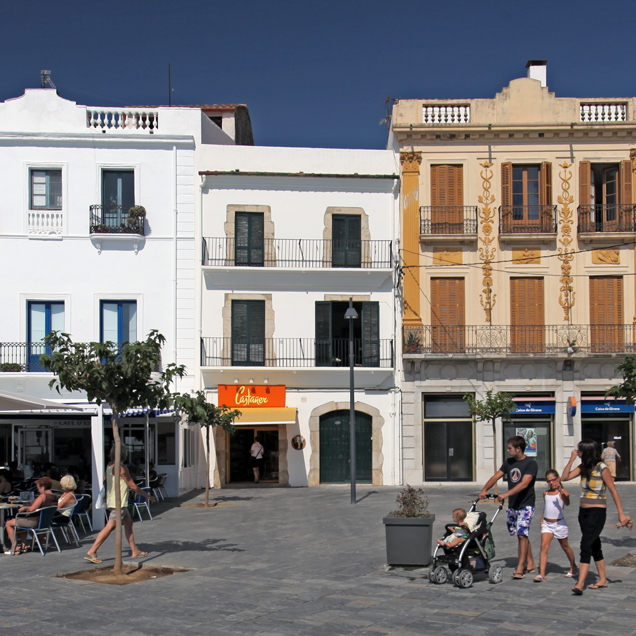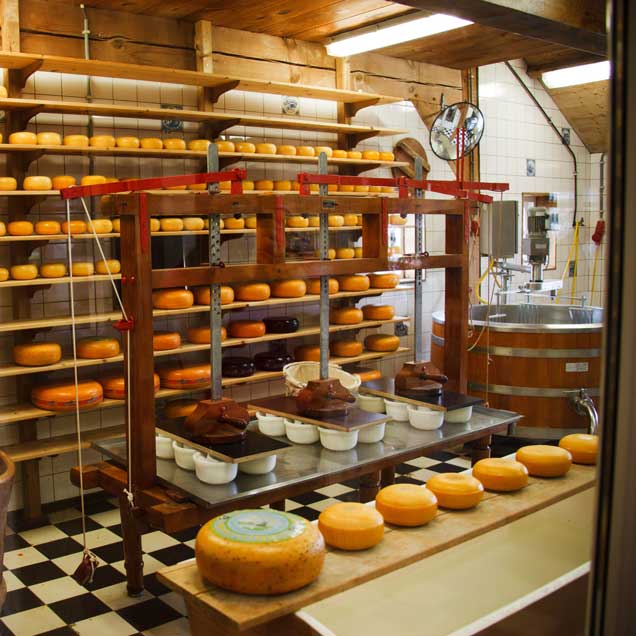How: Begin with the Plan, not the Land
Begin with the Plan
The plan first, not land first. The prototype plan is a generic RMA plan change. Adopt it first. Then find the right land: land in the right location that fits without compromises (adverse effects to mitigate). Then adapt the prototype to a specific plan.

National Interest
A Market Town is a matter of national interest. District Plans are based on the Los Angeles car-based development pattern. This is a national project best implemented by Kāinga Ora adopting the plan in principle, then finding the right site.


Avoid The Paper Chase
Paying experts to argue in environment court the effects will be de minimis is a paper chase costing money better spent on greenbelts, onsite water, solar power & eldercare on village plazas. The plan must avoid, not mitigate, adverse effects.

Human Scaling
The Economic Number is 5-10,000 population, the critical mass required to support local business. The Social Number is 250-750, where people know and support each other. Thus, two bubbles: a Market Town of 10,000 made of 20 villages of 500 each.
The Right Land
Ideal size is 200 hectares of which 85 ha is urban core and the balance greenbelt. Flat urban core is easier than hilly. Work with existing natural features. If it has farm ditches build water features. Adapt greenbelt to natural contour and native bush.

The Right Location
The first site should be within 2 hours of an international airport (Covid19 not withstanding). It should be a location with high demand to ensure success. Future sites will work throughout NZ, but the first should stack the odds in its favour.


The Right INFRASTRUCTURE
Council RMA planning is transport based. While the RMA is supposed to be about sustainable management of resources, council district and unitary plans presume cars and roads are a part of any new development. The idea of eliminating the need for 99% of transport is outside their scope.

The Right Team
When Claude Lewenz published his book, it attracted a broad following of talented people who agree: how we do it now does not work. They will come forward as soon as government agrees it’s time to change how we design communities.
The Greenbelt
The Greenbelt plays a crucial role in the town. It eliminates cross-boundary conflicts: all the neighbours see are trees. It provides a boundary – no sprawl over time. It provides a real experience of Nature, garden allotments, sports fields & motorpool.

The Villages
Each of the 20 side-by-side village is different, addressing varying interests of residents. A village is the smallest, self-contained bubble – small enough that everyone knows everyone else. At its centre is its plaza with classrooms, café, arts & eldercare.


The Town Centre
At the heart of the town, the town centre is more cosmopolitan, more formal, with taller (4-floor) buildings, apartment houses, and office buildings, with a larger town plaza in the centre with the high school and administration buildings.

Mixed Use
If people are to walk to daily destinations for work, shops, schools, cafés, the commercial space must be integrated with residential, as often found in pre-car towns, such as this ancient fishing village in Spain. In planning terms this is mixed use.
Industrial Park
In a complete community there are people who work with their hands. They make stuff. The basics should be made – like this cheese factory. Many of these activities are unsuited in mixed use zoning – noise, smells or delivery trucks; better in the greenbelt.

The Motorpool
The motorpool provides parking for resident cars but most will opt to rent a car for the few times they need to head out of town. The same facility includes the freight depot replacing 1000 cars at the mall with one delivery truck. It’s contactless.


Bubbles
Social distancing is anti-social. 9-11 made travel harder, now Covid19 introduces new social norms. A MarketTown is a natural bubble. With its clear border, single access, and each village a separate sub-bubble, it is enjoyable while it protects.

Local Food
In the Greenbelt and with CSA-type farm contracts, long-term food security is an important aspect of the Market Town local economy. As middle-class population grows globally, demand will rise. Local food is a core part of the plan.